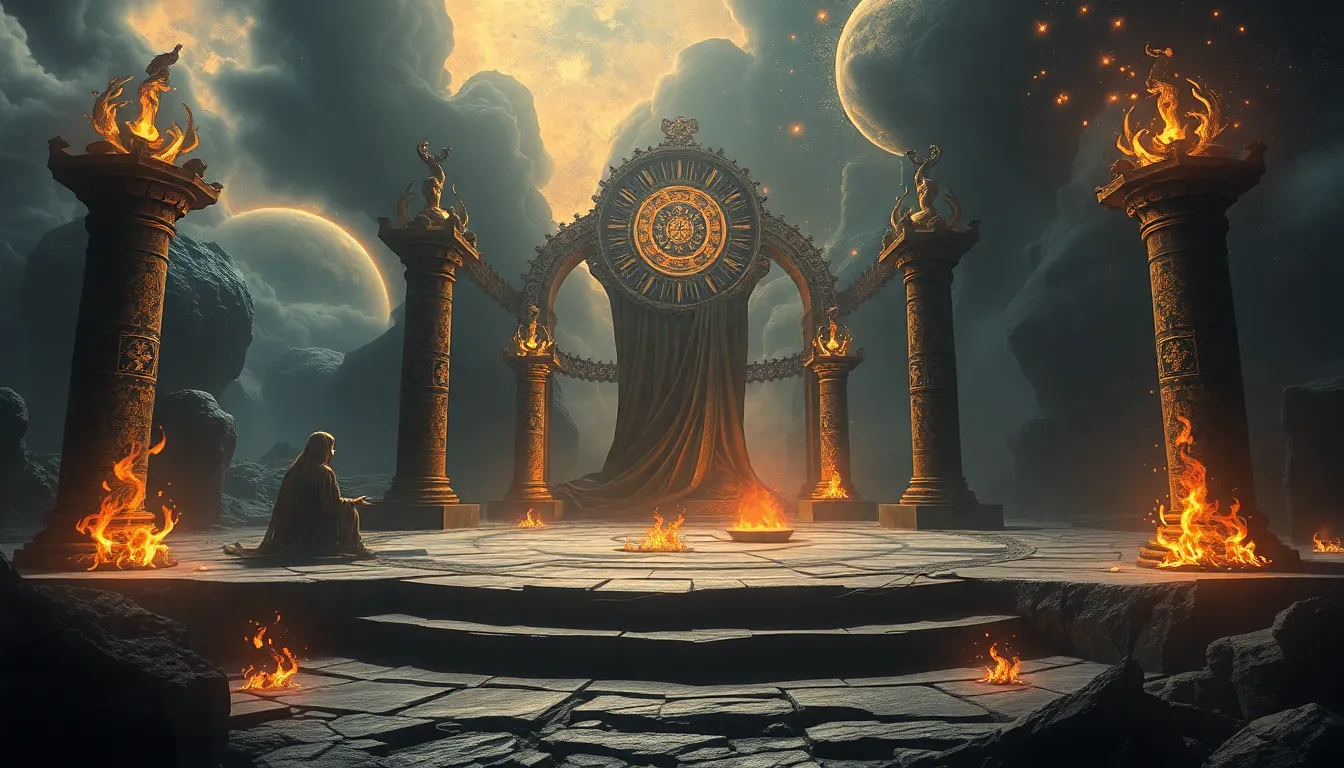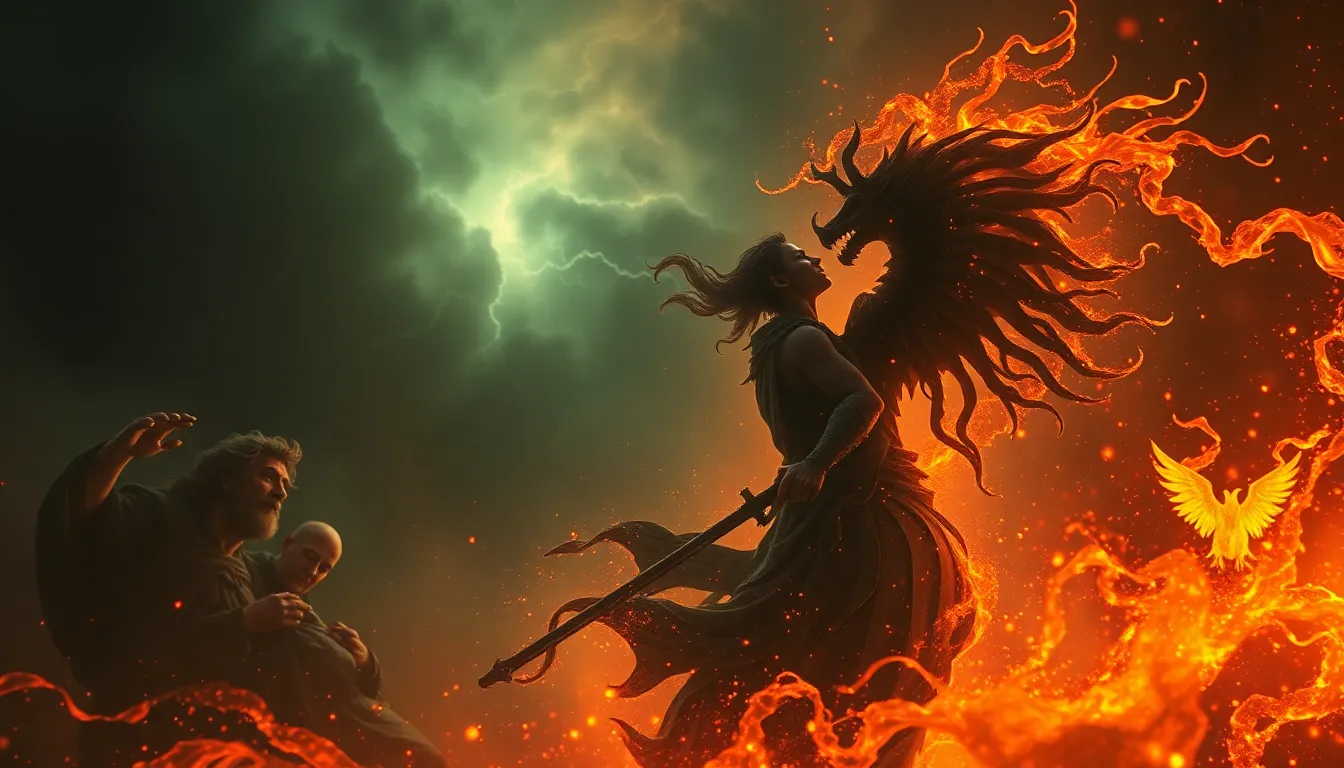The Serpent in Aztec Cosmology: A Vital Force
In the rich tapestry of Aztec mythology, the serpent, a captivating creature, holds a prominent position, symbolizing a powerful and multifaceted force. Serpents weave through the very fabric of Aztec cosmology, representing both the life-giving earth and the perilous underworld. The Aztec people, who were deeply connected to nature, saw the serpent as a vital link between the physical and spiritual realms. Its presence was believed to be woven into the origins of the universe, the creation myth, and the cycle of life and death.
The serpent's serpentine form, its ability to slither, and its connection to the earth, all contributed to its symbolic significance. Its scales, reminiscent of the sun’s rays, linked it to celestial bodies. The snake's shedding of its skin, a process of renewal, also mirrored the cycles of nature and the constant transformation of the cosmos. The serpent, with its dual nature, embodied both creation and destruction. It was a complex symbol, imbued with both positive and negative connotations.
Quetzalcoatl: The Feathered Serpent and the Origins of Civilization
One of the most prominent deities in Aztec mythology, Quetzalcoatl, the Feathered Serpent, embodies the serpent's connection to both creation and civilization. This dual nature is revealed in his name, which combines the words “quetzal,” a brilliantly colored bird, and “coatl,” a serpent. The feathered serpent is a hybrid creature that represents the union of earth and sky, the physical and spiritual worlds.
Quetzalcoatl is credited with bringing knowledge, arts, and agriculture to the Aztec people. Legend has it that he taught them how to cultivate maize, a staple food source, and introduced them to the arts of weaving, metalworking, and calendar-making. This act of bringing civilization to humanity is a central theme in many creation myths around the world.
The image of the feathered serpent is a symbol of wisdom, knowledge, and enlightenment. Quetzalcoatl, as the bringer of civilization and culture, also embodies the power of transformation and renewal. His association with the wind and the dawn suggests his role in bringing light and life into the world.
The Serpent as a Symbol of Renewal and Rebirth
The serpent's ability to shed its skin, a process of renewal, has profound implications in Aztec mythology. Just as the serpent sheds its skin, leaving behind its old form to reveal a new one, the Aztec people saw this as a metaphor for the cycles of life, death, and rebirth. This continuous shedding and renewal represented the cyclical nature of the universe, the flow of time, and the endless transformation of existence.
This association with renewal is also reflected in the serpent's connection to the earth and its fertility. Just as the serpent sheds its skin, creating new life, the earth itself goes through cycles of life and death, renewing itself with each passing season. This connection to the earth's fertility is especially significant in Aztec agriculture, where the serpent's presence was believed to ensure bountiful harvests.
The Serpent’s Role in the Aztec Calendar: The Days of the Serpent
The Aztec calendar, a complex system of time reckoning, incorporated the serpent as a central symbol. The calendar was divided into 18 months, each with 20 days, and five additional days. The day of the serpent, or Cipactli, was the first day of the Aztec calendar, and it held great significance. The serpent was considered a powerful force, and the day of the serpent was a time for reflection and renewal, symbolizing the beginning of a new cycle.
The Aztec calendar was not merely a tool for tracking the passage of time but was a reflection of their understanding of the universe and its cyclical nature. Each day, and each month, was associated with a specific deity, animal, or plant. The serpent, as a dominant force in Aztec mythology, held a prominent place in their calendar system, reinforcing its symbolic significance.
The Serpent as a Guardian of Knowledge and Power
The serpent's connection to the earth and its underground realms made it a guardian of knowledge, power, and hidden secrets. The serpent was often depicted as a symbol of the underworld, the realm of the dead, a place where secrets of the universe were hidden.
The serpent also symbolized the power of magic and the supernatural. In Aztec rituals, priests and shamans often wore serpent skins as a means of connecting with the spiritual world and obtaining supernatural powers. The serpent was a powerful symbol of the hidden forces that govern the universe, and its presence was often invoked in rituals seeking knowledge, wisdom, and power.
The Serpent in Aztec Ritual and Sacrifice
Serpents played a vital role in Aztec rituals, particularly those involving sacrifice. The Aztecs believed that by offering blood sacrifices to their gods, they could maintain the cosmic balance and ensure the continuation of life. Serpents were often associated with the gods of war, the sun, and the underworld, and sacrifices involving serpents were believed to appease these powerful deities.
One significant ritual involved the sacrifice of a serpent to the god of war, Huitzilopochtli. The serpent, symbolizing the power and ferocity of the warrior, was believed to embody the spirit of the enemy. Offering the serpent as a sacrifice was seen as a symbolic act of conquering the enemy and maintaining the strength of the Aztec empire.
Serpents were also associated with the underworld, where sacrifices were made to appease the gods of the dead. The serpent, as a creature of the underworld, was believed to possess knowledge of the afterlife and the secrets of death. Sacrifices involving serpents were seen as a way to honor the dead and ensure their safe passage into the afterlife.
The Serpent as a Source of Healing and Medicinal Properties
The Aztec people recognized the serpent's connection to the earth and its regenerative power. They believed that the serpent possessed medicinal properties and could be used for healing. Serpent venom was used to treat various ailments, and snake skins, believed to contain powerful energy, were used as healing amulets.
The Aztec god of medicine, Tlaloc, was often depicted with serpents, symbolizing the healing power of the earth and the medicinal properties of snakes. The healing properties of serpents were integrated into Aztec medicine, and their imagery was used to symbolize the process of healing and restoration.
The Serpent as a Representation of the Earth and its Fertility
The serpent's connection to the earth and its cyclical nature made it a symbol of fertility and bounty. The Aztec people believed that the serpent, with its ability to move through the earth, embodied the power of growth and renewal. This association with fertility was reflected in their agricultural practices, which relied heavily on the earth's bounty.
Serpent imagery was often incorporated into agricultural rituals, and the serpent was invoked as a symbol of abundance and prosperity. The serpent's presence was believed to ensure bountiful harvests and protect crops from harm.
The Serpent’s Connection to the Underworld and the Journey of Death
The serpent's association with the underworld made it a symbol of death and the journey to the afterlife. The underworld, known as Mictlán, was a complex and challenging realm, and the serpent was seen as a guide through this perilous journey.
The serpent was also linked to the Aztec god of death, Mictlantecuhtli, who ruled over the underworld. The serpent's connection to Mictlantecuhtli reinforced its symbolic role in the Aztec understanding of death and the afterlife. The serpent was believed to guide the souls of the departed through the underworld, protecting them from the dangers and perils they would encounter.
The Serpent as a Source of Inspiration for Aztec Art and Architecture
The serpent's profound symbolic significance in Aztec culture made it a central element in their art and architecture. Serpent imagery was incorporated into various forms of art, including sculptures, murals, and pottery. The most prominent example is the great temple in Tenochtitlán, the Aztec capital, which featured a massive feathered serpent sculpture at its entrance.
Serpent motifs were also incorporated into the design of palaces, temples, and other important structures, reflecting the serpent's importance in Aztec cosmology and its connection to the divine.
Frequently Asked Questions (FAQs)
What is the significance of the serpent in Aztec mythology?
The serpent is a prominent symbol in Aztec mythology, representing a variety of concepts, including creation, renewal, fertility, death, and the underworld.
What are some of the key deities associated with serpents in Aztec mythology?
Some key deities associated with serpents in Aztec mythology include Quetzalcoatl (the Feathered Serpent), Tlaloc (the god of rain and fertility), and Mictlantecuhtli (the god of death).
How was the serpent incorporated into Aztec rituals and sacrifice?
Serpents were often used in Aztec rituals and sacrifice, particularly those involving the gods of war, the sun, and the underworld. The serpent was seen as a powerful symbol that could appease these deities.
What is the relationship between the serpent and the Aztec calendar?
The serpent is a significant symbol in the Aztec calendar, with the first day of the calendar being dedicated to the serpent.
How did the serpent influence Aztec art and architecture?
Serpent imagery was widely incorporated into Aztec art and architecture, reflected in sculptures, murals, and the design of important buildings.




